In the quiet hours after sunset, when the world seems to slow down, nature continues its symphony with the melodious songs of nocturnal birds. These night singers bring a special magic to gardens and backyards, offering a unique connection to the natural world while most of us are winding down for the day. From the haunting calls of owls to the sweet melodies of nightingales, these avian musicians can transform your outdoor space into a nighttime sanctuary of sound. Whether you’re a dedicated birder or simply someone who appreciates natural beauty, creating an environment that welcomes these nocturnal performers can enrich your life and support local biodiversity. This comprehensive guide will help you understand these mysterious creatures and implement practical strategies to invite them into your backyard habitat.
Understanding Nocturnal Bird Behavior
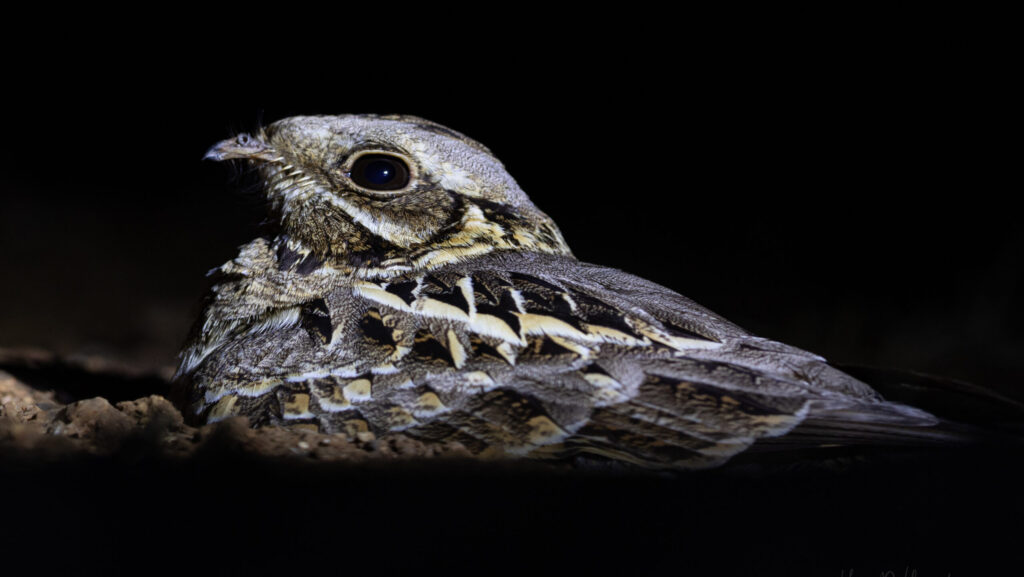
Night-singing birds have evolved unique adaptations that allow them to thrive when most other birds are roosting. Many nocturnal species possess exceptional night vision, specialized hearing capabilities, and unique vocal patterns that help them communicate effectively in darkness. These birds typically sing at night for specific biological purposes: establishing territory, attracting mates, or communicating with other members of their species. Understanding these natural behaviors is the first step in creating an environment that appeals to them. Most nocturnal singers are most active during breeding seasons, with spring and early summer typically offering the most vocal performances across North America and Europe.
Common Night-Singing Birds to Attract
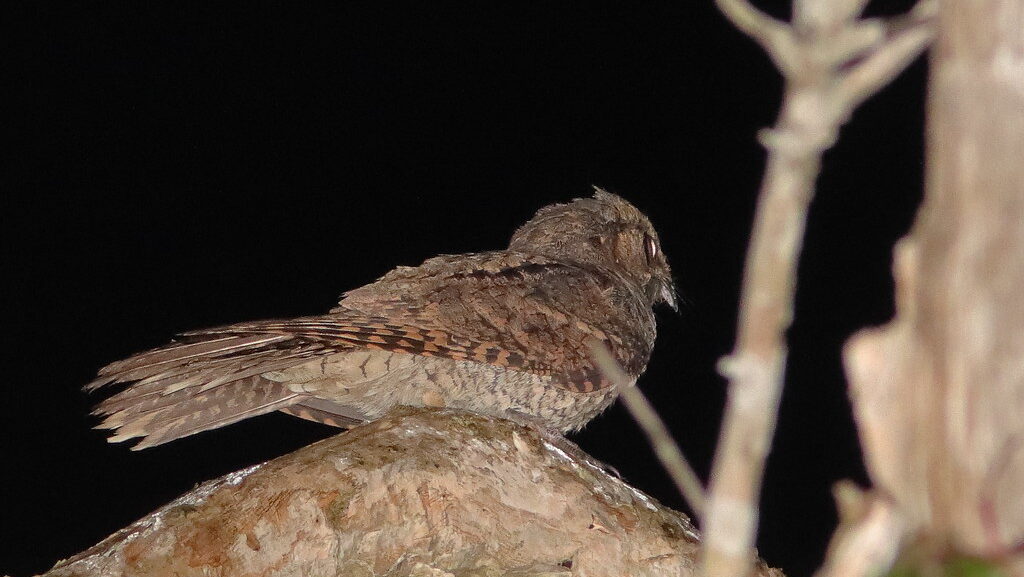
Several notable bird species are known for their nighttime vocalizations, each bringing a distinctive sound to the nocturnal chorus. The Eastern Whip-poor-will produces a rhythmic, repeating call that gives the bird its onomatopoeic name, while Mockingbirds are famous for their varied repertoire that can continue through moonlit nights. Nightingales, celebrated for centuries in poetry and song, produce some of the most complex and beautiful nighttime melodies in the bird world. Barred Owls contribute their distinctive “who-cooks-for-you” hooting pattern, creating an atmospheric backdrop to evening gardens. Northern Mockingbirds, American Robins, and Common Nighthawks may also join this twilight symphony, depending on your geographic location and habitat conditions.
Creating a Bird-Friendly Habitat
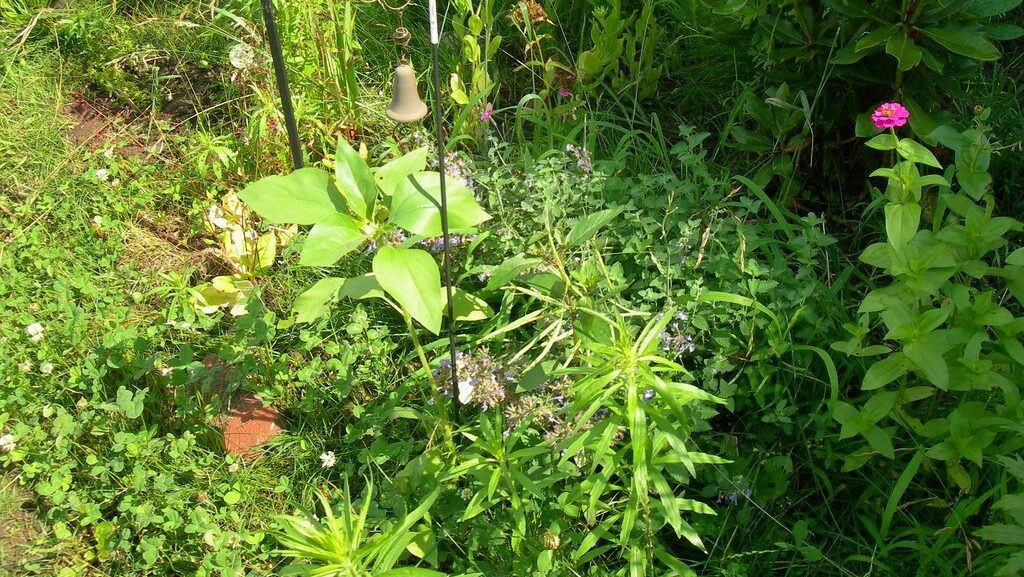
Nocturnal birds, like their daytime counterparts, require specific habitat elements to feel secure enough to visit regularly. Native plants provide the most ecological value, offering food sources and shelter that these birds naturally recognize and utilize. Layered vegetation—including ground cover, shrubs, and trees of varying heights—creates multiple habitat niches that different species can exploit for feeding, nesting, and protection from predators. Dense shrubs and evergreens provide crucial shelter where birds can hide during daylight hours when they’re most vulnerable. The more diverse your plant selection and structure, the greater variety of night singers you’re likely to attract, as each species has slightly different habitat preferences.
Water Features as Nighttime Attractions
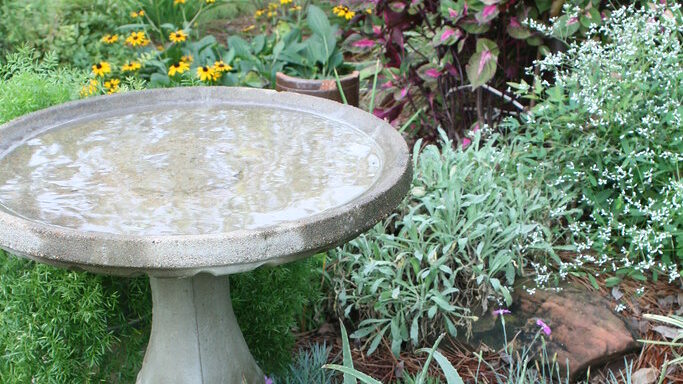
Water features serve as powerful attractants for nocturnal birds, which often use the cover of darkness for safe bathing and drinking. A simple birdbath with gently sloping sides provides accessibility for birds of various sizes, while moving water—created by a small solar fountain or dripper—adds an auditory element that birds can locate even in low light conditions. Placing water features near shrubs or trees gives birds a quick escape route if they sense danger while using the water source. For maximum effectiveness, consider installing subtle, downward-facing lighting near your water feature, which will make it visible to birds without creating disruptive light pollution that could affect their natural behaviors.
Specialized Feeding Strategies
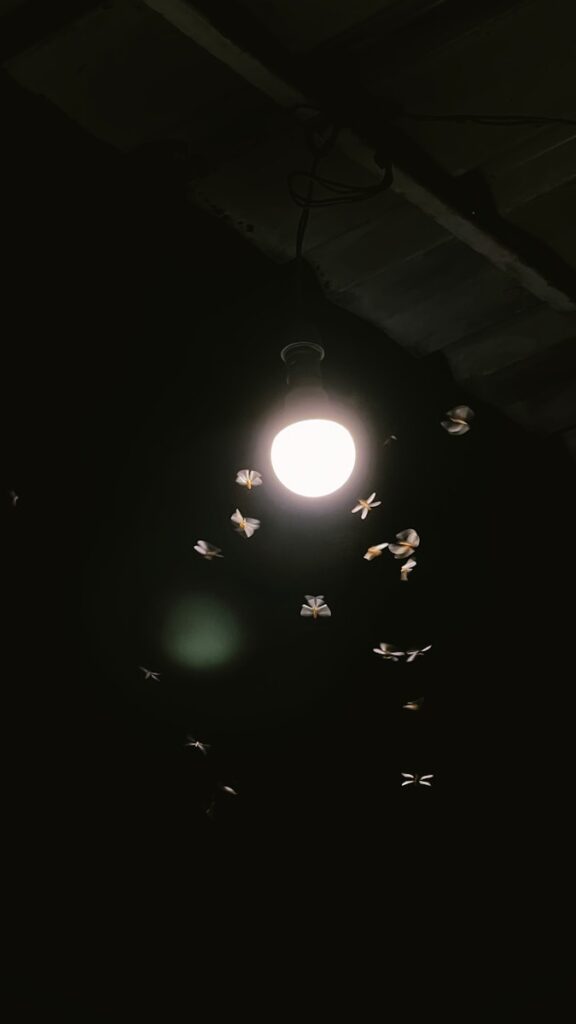
Unlike diurnal birds that primarily consume seeds and fruits, many nocturnal species have specialized diets centered around insects, small mammals, or other animal protein. Moths, in particular, serve as a crucial food source for many night-singing birds, so planting night-blooming flowers that attract these insects can indirectly support your desired avian visitors. Some species like owls benefit from open hunting perches where they can scan the ground for movement of small mammals. For insect-eating nocturnal birds, maintaining pesticide-free practices is essential, as chemical treatments dramatically reduce their potential food sources. Consider installing a specialized moth light (with appropriate shielding to minimize light pollution) to attract insects that will, in turn, draw insectivorous night singers.
Minimizing Light Pollution
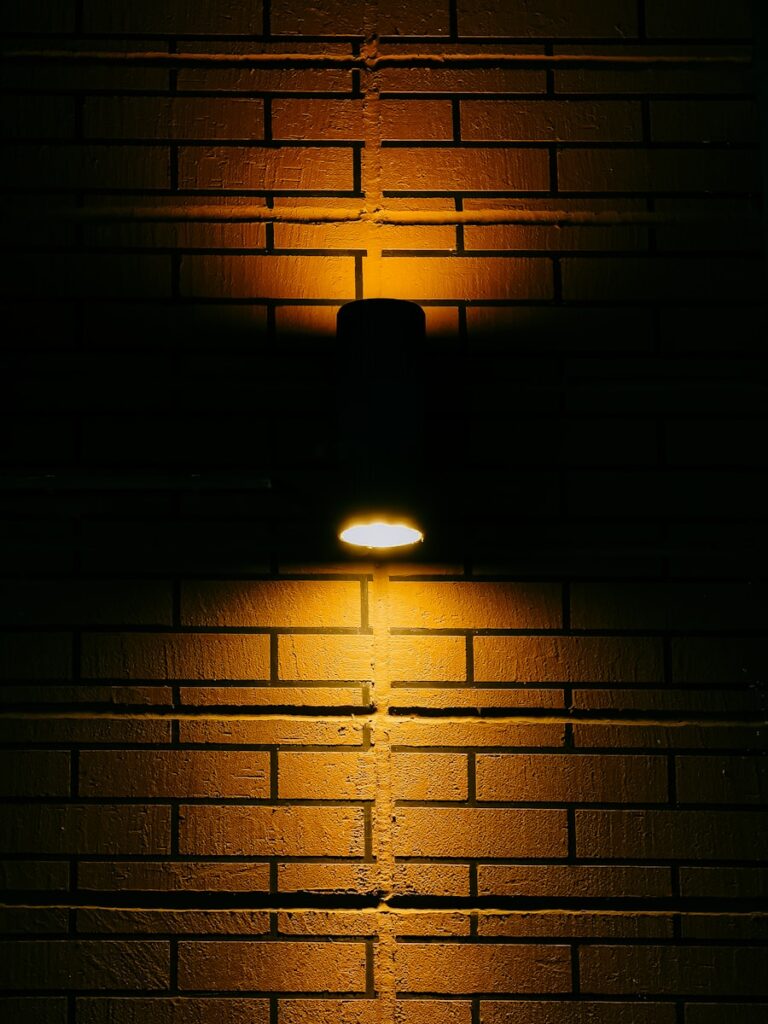
Excessive artificial lighting can significantly disrupt nocturnal bird behavior, interfering with navigation, feeding patterns, and breeding cycles. To create a truly bird-friendly nighttime environment, minimize unnecessary outdoor lighting or opt for wildlife-friendly lighting solutions. Motion-activated lights serve practical security purposes while minimizing constant illumination that might deter sensitive species. When outdoor lighting is necessary, choose fixtures that direct light downward rather than into the sky or surrounding trees, and select warm-spectrum bulbs that have less impact on wildlife. Creating dark zones in your yard—areas completely free from artificial light—provides safe havens where nocturnal birds can engage in their natural behaviors without disruption.
Providing Nesting Opportunities

Secure nesting sites are essential for attracting breeding pairs of nocturnal birds to your property. Many night-singing species, particularly owls, are cavity nesters that readily accept appropriately designed nest boxes installed in quiet, sheltered locations. The specific dimensions and placement height of nest boxes should be tailored to target species in your region, with research into local nocturnal birds informing your design choices. For non-cavity nesting species, dense shrubs, mature trees with horizontal branches, and brush piles can provide natural nesting alternatives. Timing is crucial when installing nest boxes, with late winter typically being optimal to allow birds to discover these structures before breeding season begins.
Sound Management for Nocturnal Visitors

Noise pollution can be as deterring to night-singing birds as light pollution, disrupting their ability to communicate and detect predators or prey. Creating a sound buffer with dense vegetation along property boundaries can help minimize the impact of urban or suburban noise on your backyard habitat. Water features serve double duty by masking unwanted background noise with their gentle, nature-compatible sounds. Limiting outdoor activities during prime evening singing hours (typically dusk to midnight and before dawn) during breeding season gives birds undisturbed performance windows. For serious enthusiasts, consider playing recorded calls sparingly and responsibly during early evening hours to initially attract target species, though this should be done carefully to avoid causing stress to local bird populations.
Seasonal Considerations
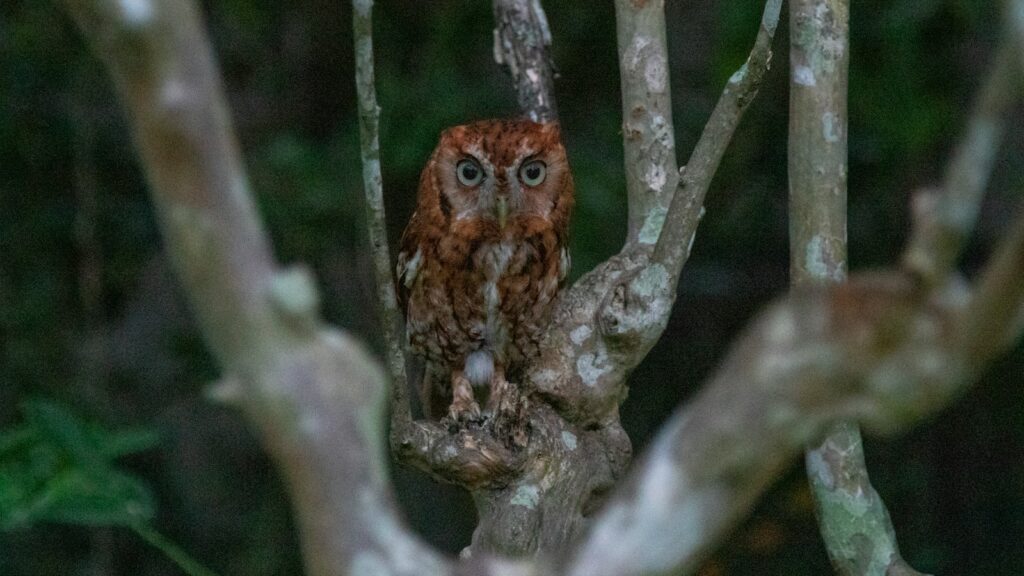
Night-singing bird activity varies dramatically throughout the year, with patterns tied closely to breeding cycles and migration schedules. Spring typically brings the most vocal performances as males establish territories and attract mates, making March through June prime time for night bird attraction efforts in most North American regions. Summer may see continued but reduced singing as birds focus on raising young, while fall brings migratory movements that might introduce temporary visitors to your habitat. Winter preparation should focus on maintaining shelter and water sources, as even resident nocturnal birds may be less vocal but still dependent on reliable habitat resources during colder months.
Patience and Observation Techniques
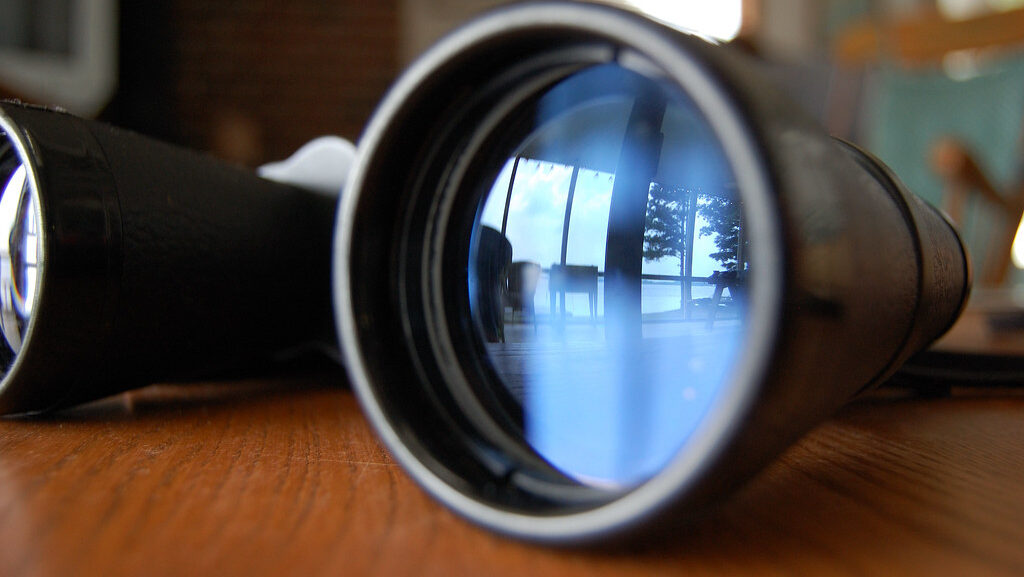
Attracting night-singing birds requires patience, as establishing a reputation as a safe habitat takes time in the avian community. Begin documenting nocturnal bird activity through a simple journal recording when and where you hear or see different species on your property. Learning to identify birds by their calls is particularly valuable for nocturnal observation, with numerous apps and online resources available to help distinguish between similar-sounding species. Consider investing in night vision or thermal imaging equipment for observing without disturbing your visitors with artificial light. Even simple red-filtered flashlights allow for minimal-impact nighttime observation, as most birds are less sensitive to red light than white light.
Community and Conservation Efforts

Expanding your night bird sanctuary beyond property boundaries amplifies its effectiveness and conservation impact. Coordinating with neighbors to create wildlife corridors increases habitat connectivity, allowing birds to move safely between friendly properties. Many local Audubon chapters and wildlife organizations offer certification programs for bird-friendly habitats, providing guidance specific to your region’s native species. Participating in citizen science projects focused on nocturnal birds, such as the Nightjar Survey Network, contributes valuable data to researchers while deepening your understanding of local populations. Advocating for bird-friendly municipal lighting policies can help create larger dark sky areas that benefit both resident and migratory nocturnal species.
Troubleshooting Common Challenges
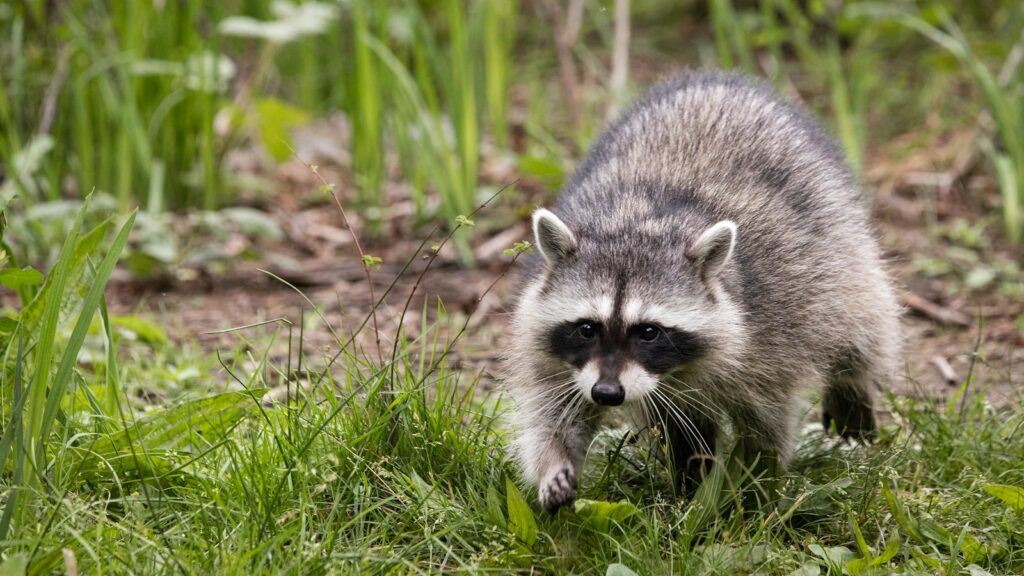
Despite your best efforts, you may encounter obstacles in attracting night-singing birds to your property. Persistent predators such as outdoor cats and raccoons can deter birds from establishing territories; addressing these threats through appropriate deterrents may be necessary before birds feel secure. Competition from established resident birds might initially limit new species’ willingness to utilize your habitat; providing multiple resource areas spread throughout your property can reduce territorial conflicts. Weather patterns significantly influence nocturnal bird activity, with many species reducing singing during high winds, heavy rain, or extreme temperatures. Habitat changes in surrounding areas may affect local population dynamics, sometimes requiring adjustments to your attraction strategies to accommodate shifting species composition.
Celebrating Nocturnal Biodiversity
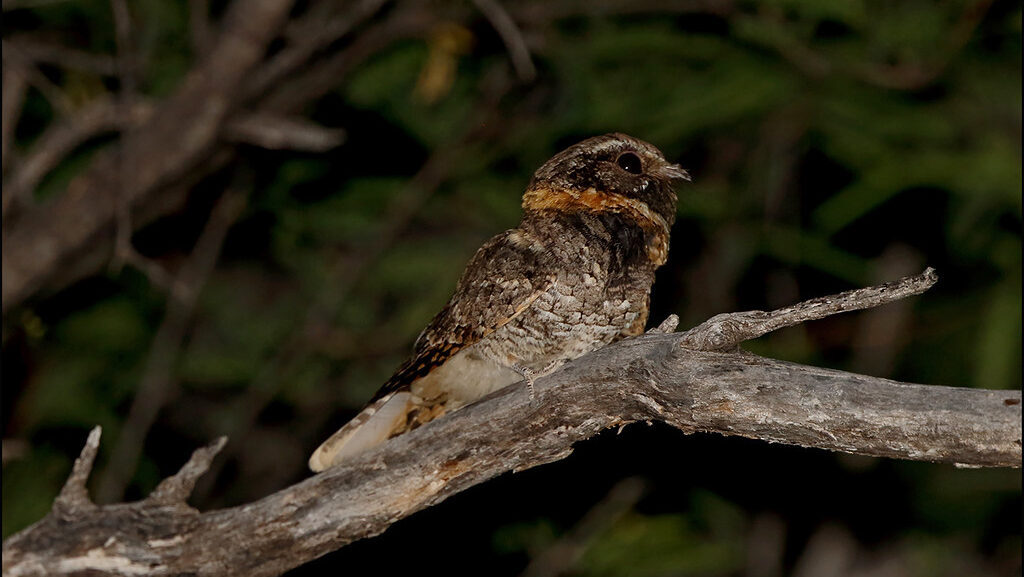
The successful attraction of night-singing birds offers rewards beyond their melodious serenades. These nocturnal visitors become partners in pest control, with many species consuming significant quantities of mosquitoes, moths, and other insects that might otherwise cause garden damage or nuisance. The presence of specialized nocturnal birds indicates ecological health, serving as bioindicators of habitat quality and biodiversity. Many enthusiasts report profound personal connection to nature through these nighttime encounters, finding therapeutic value in these natural soundscapes. By creating space for these often-overlooked members of the bird community, you contribute meaningfully to wildlife conservation while enriching your own experience of the natural world after dark.
Conclusion
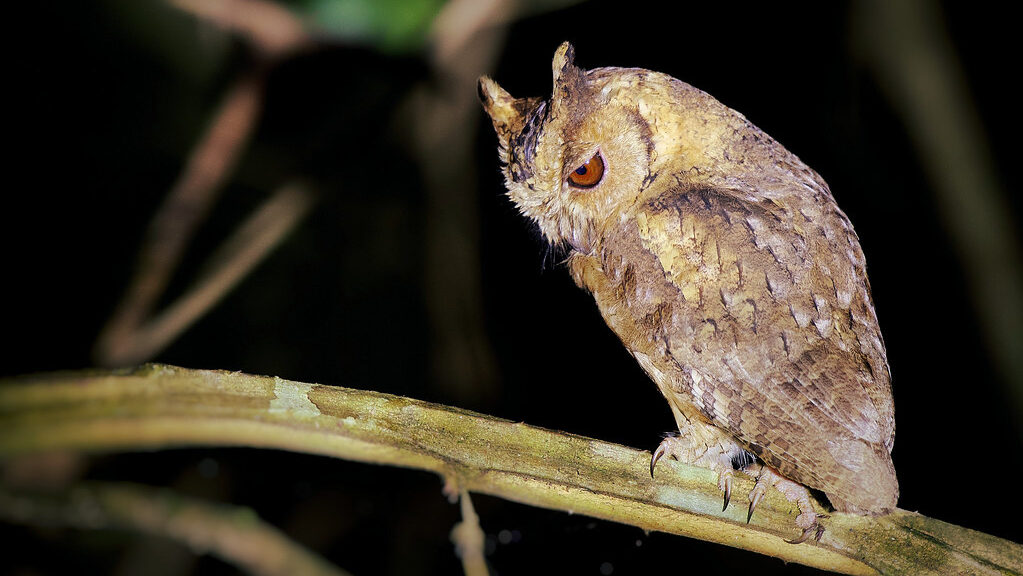
By implementing these strategies with patience and respect for natural behaviors, your backyard can become a sanctuary for night-singing birds. The rewards extend beyond the beautiful nocturnal melodies, as you’ll be supporting biodiversity and creating ecological connections right outside your door. Remember that successful wildlife attraction represents a relationship built over time, with each visiting bird offering a glimpse into the complex and fascinating world of nocturnal nature. Whether you’re falling asleep to the rhythmic calls of whip-poor-wills or stepping outside to catch an owl’s silent flight across your moonlit garden, these experiences connect us to ancient natural rhythms that persist even in our modern world.
